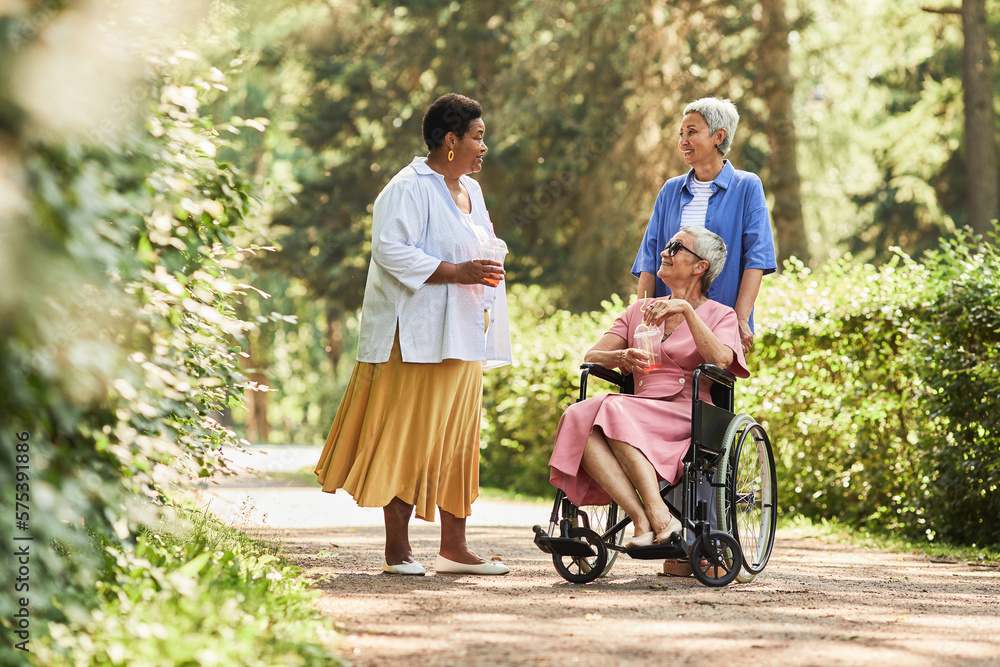As individuals age, numerous changes occur in their bodies, one of which may include changes in their toenails. It is common for older adults to experience thick toenails, which can be both uncomfortable and challenging to manage. Understanding how to treat thick toenails in elderly is essential for maintaining good foot health. In this article, we will explore various methods and tips to help you manage and treat thick toenails effectively.

Understanding Thick Toenails in Seniors
Thick toenails are a common issue among the elderly and can arise due to several reasons. They may be a result of nail fungus, medical conditions, or simply age-related changes. Often, these changes go unnoticed until they become a problem.
Causes of Thick Toenails
Thick toenails in the elderly can be caused by various factors including fungal infections, circulatory issues, or trauma to the nail. Additionally, conditions like psoriasis or diabetes can also contribute. For more information about underlying conditions in seniors, check this article on anemia.
Symptoms of Thick Toenails
Typical symptoms include nails that are not only thicker but also more brittle, discolored, and difficult to trim. It is important to identify and treat these symptoms early to prevent further complications.
Methods for Treating Thick Toenails
Treating thick toenails involves both medical and home care approaches. Understanding these can greatly help in managing the condition effectively.
Medical Treatments
If the thickening is due to a fungal infection, physicians might prescribe antifungal medication. Over-the-counter treatments are also available, but it’s best to consult with a healthcare professional to determine the cause. To understand more about medical conditions and their treatments, visit this link.
Home Care Remedies
Home care treatments include regular foot hygiene practices such as soaking feet in warm water to soften the nails, careful trimming, and using antifungal creams if needed. These practices can support overall nail health. External resources, such as this guide on elderly care, can provide additional helpful tips.
Toenail Hygiene Practices
Maintaining good toenail hygiene is crucial. Regularly washing and thoroughly drying feet can prevent infections. Using moisture-wicking socks and well-fitted shoes also helps in managing symptoms.
Importance of Professional Consultation
While home remedies can be highly effective, consulting with a podiatrist is important for an accurate diagnosis. They can provide treatments specifically tailored to the needs of elderly individuals.
When to See a Doctor
If toenails persist in their deterioration, or if you notice sudden changes, it is crucial to seek medical advice. Persistent pain, redness, swelling, or discharge are signs that require professional attention.
Regular Check-Ups
Regular foot care check-ups with a podiatrist can help prevent complications. Routine visits can ensure any changes in nail health are addressed promptly. Consider more tips on heirlooms and learning to care for elderly from this external resource.
Risk Factors and Prevention
Understanding the risk factors involved with thick toenails can lead to better prevention practices.
Age and Lifestyle Factors
As aging is a significant factor, adopting a healthy lifestyle can mitigate some risks. Proper hygiene, diet, and avoiding injuries to the feet are essential steps.
Maintaining a Balanced Diet
Nutritional deficiency can affect nail health. Diet rich in vitamins, such as Biotin, can support nail strength and resilience.
Appropriate Footwear
Wearing properly fitted shoes can prevent trauma to the nails and promote better foot health overall. Look into different footwear options specific to elderly needs to prevent complications.
Lifestyle Strategies for Better Nail Health in Elderly
Small daily practices can greatly impact the health of toenails.
Routine Nail Care
Regular trimming with the proper tools can prevent becoming overgrown and thickened. Make sure to cut straight across and file down sharp edges.
Moisturizing Toenails
Using creams and oils regularly can keep the nails well-moisturized, making them less prone to breakage.
Conclusion
Caring for thick toenails in elderly individuals requires patience and consistent effort. By following professional advice and maintaining healthy nail routines, you or your loved ones can reduce discomfort and improve foot health. Understanding other common issues in the elderly can also provide comprehensive insights into elder care.

FAQs
What causes toenails to thicken with age?
Nail thickening can be caused by reduced circulation, nail fungus, or long-term pressure from shoes.
Are there home remedies for thick toenails?
Yes, regular cleaning, soaking, and the use of antifungal treatments at home can help control thickening.
When should a doctor be consulted?
If there are significant changes in nail texture, color, or if symptoms persist, a healthcare professional should be consulted.
This article contains affiliate links. We may earn a commission at no extra cost to you.

